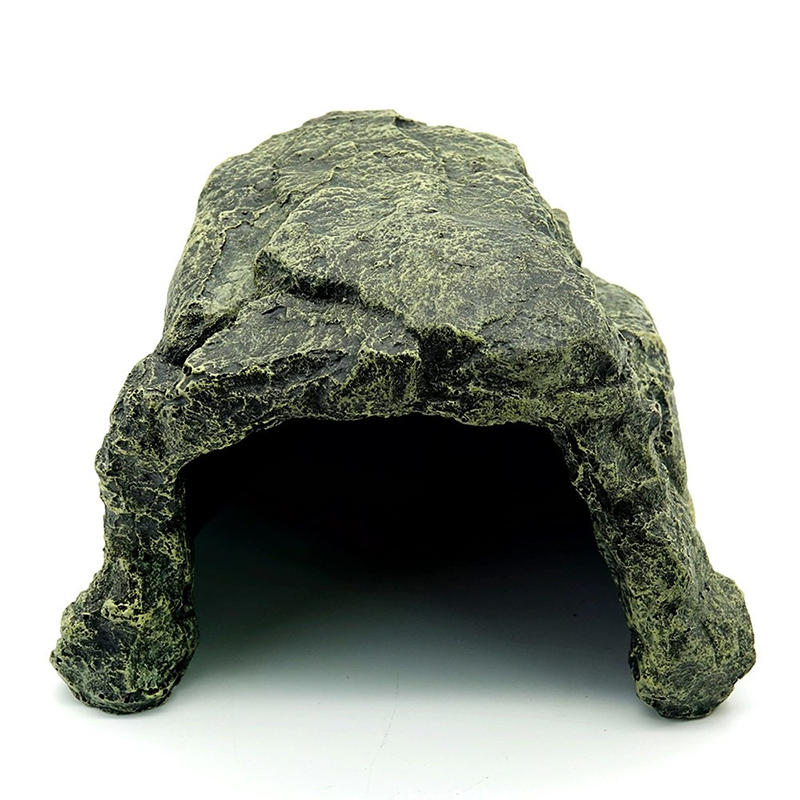First, look at the surface
Good-quality large-scale Landscape Stone, the surface pattern color does not contain too many variegated colors, the color is uniform, and there is no flickering and thickening, while the poor-quality Landscape Stone will have many "defects" that cannot be covered after processing. Generally speaking, evenly distributed fine material structure Landscape Stone has a fine texture, which is a good product for Landscape Stone; coarse-grained and unequal-grained Landscape Stone has poor appearance, uneven mechanical properties, and slightly inferior quality .

In addition, due to the adverse effects of geological processes in large-scale Landscape Stone, there are often some fine pulses and micro-cracks in them, and Landscape Stone are prone to cracks along these parts, so they should be removed carefully. As for the lack of edges and corners, it can be said to negatively affect the appearance, so you should pay special attention to it when choosing. Therefore, the pattern tone on the surface of Landscape Stone is an important indicator to evaluate the quality of Landscape Stone.
2. It is better to use light colors in large areas
Although the Landscape Stone has a very good decorative function, it must be coordinated with the surrounding environment during use, especially when combining multiple colors. Light colors and all kinds of furniture can be combined with each other, giving you more stage to show your personality; dark colors will make the surrounding environment look bright, but large-scale use or improper matching will create a sense of depression. Decorative decorations such as some small-area countertops use dark-colored products, which can play a finishing touch without making people feel light.
3. Treatment of symptoms and root causes before use
Because large-scale Landscape Stone have microscopic pores, the smaller the pores, the stronger the surface adsorption of capillary action, and many diseases of Landscape Stone are "diseases from the pores". There are usually two "pollution pathways" for the Landscape Stone as a ground material to absorb dirt and cause disease after paving: one comes from the surface of the Landscape Stone, when colored liquids such as coffee, tea, ink, fine dust, and biological corrosion Difficult to clean up after body.
Since the Landscape Stone needs maintenance, some processing enterprises and consumers will wax the surface of the Landscape Stone to protect it, but when the wax covers the surface of the Landscape Stone, the capillary pores on the surface of the Landscape Stone will be blocked. The wax that already exists on the surface of the Landscape Stone will become an obstacle to protect the interior of the Landscape Stone. At this time, the cement or adhesive between the Landscape Stone and the ground will slowly "invade" the body of the Landscape Stone due to moisture or chemical reactions. Cause Landscape Stone to return to alkali and stains and other lesions.
3. Measure the size and specifications of Landscape Stone
So as not to negatively affect the splicing, or cause the pattern, pattern, and line to be deformed after splicing, and negatively affect the decorative effect. Generally normal, good-quality Landscape Stone, Landscape Stone with dense and uniform distribution inside and no microscopic cracks, the knocking sound is clear and pleasant; Loose, the knocking sound is rough.
When choosing large-scale Landscape Stone, in addition to paying attention to the color pattern, gloss and appearance quality of the surface of the Landscape Stone, the compressive strength, flexural strength, durability, frost resistance, and hardness of the Landscape Stone should also be considered. And other physical and chemical performance indicators. Most Landscape Stone are divided into grades, and many dealers also negotiate prices according to quality. However, there are also a few who do not distinguish, shoddy and deceive consumers. In order not to make mistakes, ordinary consumers can choose to contract labor but not materials when using Landscape Stone, and go to the building materials city to buy them in person.



